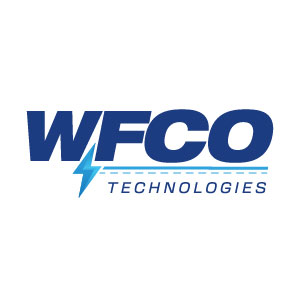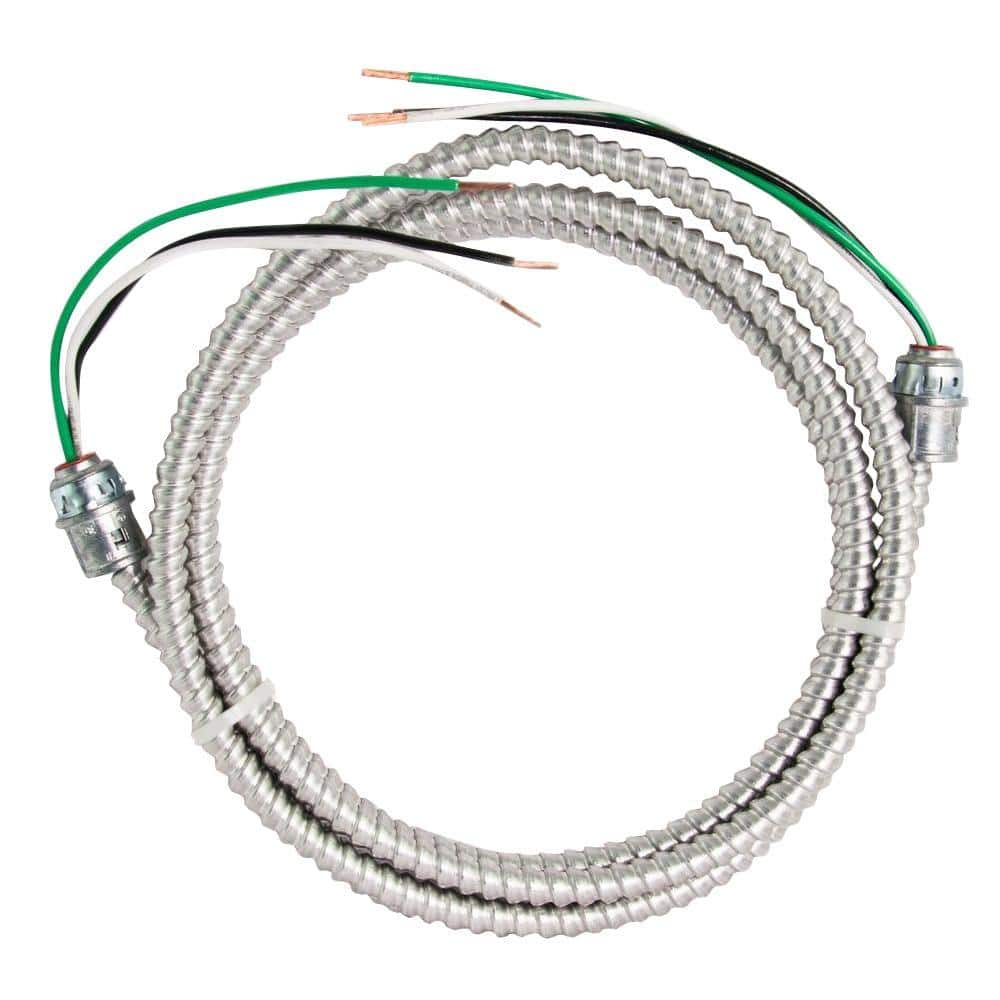Thank you HaldorEE. Maybe we'll see you in Phoenix. I was watching a video with the following description of Inverter Charger to AC Distribution here:
https://www.explorist.life/diy-solar-electric-install-on-a-1976-airstream-argosy/. Nate Yarbrough used one of these: WFCO WF-8930/50NPB-50 50 Amp or 30 Amp AC Distribution Center, here:
Buy WFCO WF-8930/50NPB-50 50 Amp or 30 Amp AC Distribution Center: Power Converters - Amazon.com ✓ FREE DELIVERY possible on eligible purchases
tinyurl.com
.
Product Description:
The 8930/50 Series can be a 50 Amp or 30 Amp AC distribution center. It has 15 available DC, and up to 12 AC, branch circuits. The 8930/50 can be coupled with any of the WF-9800 switch mode converters with 55, 65, or 75 Amps, which gives engineers more flexibility in product design. The WFCO 8930/50 Series distribution center comes with the WFCO Two-Year Limited Product Warranty. These distribution panels have many features desired by the OEM and retail customers, and have been tested by the Underwriters Laboratories? (UL) to meet both the US and Canadian standards. Our 9800 Series converters used with the 8930/50 centers are designed to comply with FCC Class B, assuring quiet operation and non-interference with other appliances. Nominal 13.6 VDC output voltage of the switch mode 9800 Series converter is easier on electronics, motors, and other appliances. There is no need for the battery to be inline to filter the circuits.
Inverter Charger to AC Distribution AND Shore Power to Inverter/Charger seem to be related but I'm not sure how to do it. Are they two separate and distinct projects; I wonder how you will do this. Is the above description regarding 9800 Series Converters part of this conversation? After setting up the distribution panel and breakers, what equipment will you use for shore power/generator?
Thanks again!





